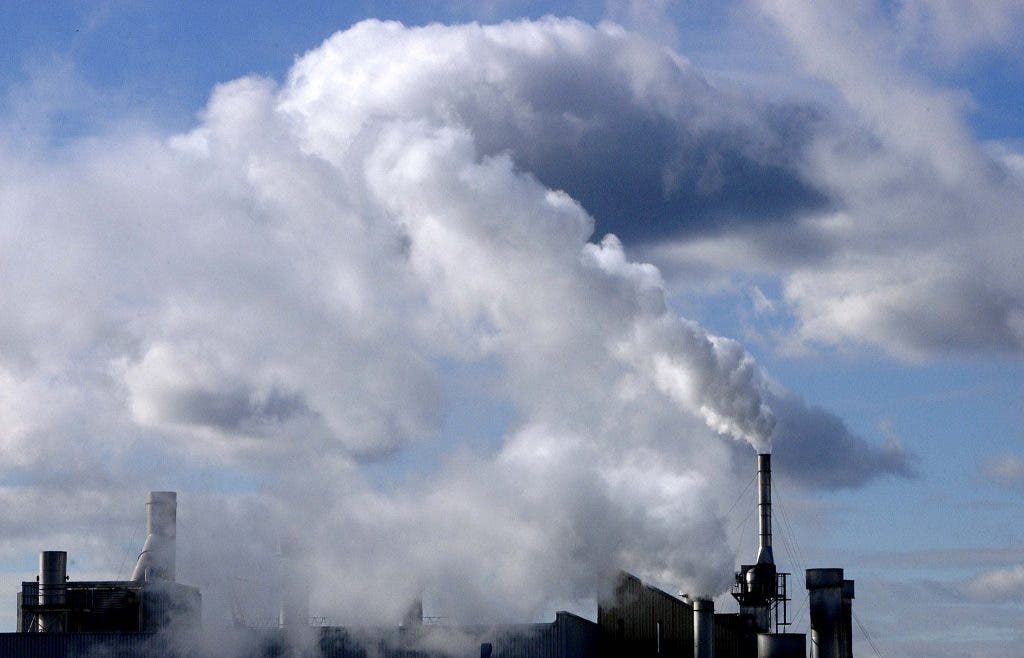Imagine there could be a way to autonomously identify hotspots of heavy air pollution, city block by city block. Governments could then detect problem areas and develop targeted measures and achieve optimal results. Researchers at Duke University have developed just that: a method that uses machine learning, satellite images, and weather data to track localized PM2.5 pollution.

Air pollution is by far one of the most severe environmental problems, on all scales from local to global. Exposure to fine particulate matter (also known as PM2.5) has wide-ranging adverse health effects on human health, with adverse effects on cardiovascular, cardiopulmonary, and respiratory wellness, to list just a few problems. It can lead to higher risks of mortality and loss of life expectancy.
Satellite data have been most commonly used for mapping PM2.5 at high resolution. With the help of the recent rapid advancements in satellite sensors and rise in computing power, a handful of satellite-based methods have succeeded in estimating ambient PM2.5 concentrations at sub-km levels with low uncertainties. But it’s not all rosy.
“Setting up sensor networks is time-consuming and costly, and the only thing that driving a sensor around really tells you is that roads are big sources of pollutants. Being able to find local hotspots of air pollution using satellite images is hugely advantageous, Mike Bergin, professor at Duke and co-author of the study, said in a statement.
Bergin and the team of researchers wanted to further look into PM2.5 pollution but they could only access data on a county-by-county level — which really isn’t enough resolution. While valuable, this information doesn’t allow to look into a specific neighborhood close to a coal-fired plant, for example. Ground stations are expensive to build and maintain, so most cities only have a handful of them. So instead, Bergin and colleagues looked for an alternative.
In previous studies, the researchers showed that satellite imagery, weather data, and machine learning could provide PM2.5 measurements on a small scale. Now, the team has improved their methods and taught the algorithm to automatically find hotspots and cool spots of air pollution with a resolution of 300 meters. This is the average length of a New York City block, and sufficient to draw clearer conclusions about where the pollution is actually coming from.
The new development was made possible thanks to a technique called residual learning. The algorithm created by the researchers first uses weather data to estimate the levels of PM2.5. Then it measures the difference between these estimates and the actual levels of PM2.5 and teaches itself to use satellite images to make its predictions better.
“Hotspots are notoriously difficult to find in maps of PM levels because some days the air is just really bad across the entire city, and it is really difficult to tell if there are true differences between them or if there’s just a problem with the image contrast,” David Carlson, co- author, said in a statement. “It’s a big advantage to be able to find a specific neighborhood that tends to stay higher or lower than everywhere else.”
While the methods it teaches itself can’t transfer from city to city, the algorithm should easily teach itself new methods in different locations, the researchers argued. Cities might evolve over time in both weather and pollution patterns but the algorithm shouldn’t have any trouble evolving with them. Plus, if air quality sensors improve as expected, the algorithm should also get better with time.
The study was published in the journal Remote Sensing.









